Alba Iulia, in Old Romanian Bălgrad, (in Hungarian Gyulafehérvár, in translation: Iuliu's White Fortress, in medieval Latin Albensis Transsilvane, in German Weißenburg, then Karlsburg) is the municipality of residence of Alba County, Transylvania, Romania, consisting of localities components Alba Iulia (residence), Bărăbanț, Micești, Oarda and Pâclișa. It is located in the southwestern part of Transylvania, on the banks of the Mureș River.
In antiquity, on the site of the current fortress was the Roman camp Apulum. The city was between 1541 and 1711 the residence of the princes of Transylvania and thus the political capital of the Principality of Transylvania. Between 1595–1596, under Sigismund Báthory, respectively between 1600–1601, under Mihai Viteazul, it was the residence of the political leader of Moldavia, Transylvania and Wallachia, in personal union. On December 1, 1918, it was the venue of the Great National Assembly in Alba Iulia, which popularly legitimized the union of Transylvania and Banat with the Kingdom of Romania. In 1922, the official coronation ceremony of the kings of Greater Romania, Ferdinand I and Maria, took place in Alba Iulia, a moment that consecrated the symbolic importance of the city, due to its role as historical capital.
Before the Roman conquest near the current city there was the Dacian town of Apoulon, an important fortified center mentioned on the weather maps. After the conquest of Dacia by Trajan, the city was called Apulum.
Points of atractions - Tourist objectives
Museums:
National Museum of the Union
The National Museum of the Union is located in Alba Iulia on Str. Mihai Viteazu no. 12 - 14.
The museum has two buildings with historical monument value. The "Babylon" building was built between 1851 and 1853, in the spirit of romantic architecture. It was used as a housing pavilion for officers, and in 1967 - 1968 it was remodeled as a museum space. The Union Hall was built between 1898 - 1900, initially having the destination of a military casino, being restored in 1922 and between 1967 - 1968. It is the building where the Union of Transylvania with Romania was voted.
The museum in Alba Iulia was inaugurated in 1888 on the initiative of the Society of History, Archeology and Natural Sciences of the Lower Alba County, with the famous archaeologist Adalbert Cserny (1842-1916) as director. In 1929, under the auspices of ASTRA, it was organized as a Museum of the Union. Valuable pieces related to the modern history of the Romanians were added to the rich archeological collections. In 1938, under the leadership of the historian Ion Berciu, under the new name of the Alba Iulia Regional Museum, the settlement entered the administration of the Romanian state. It underwent a major reorganization in 1968, returning to the name of the Union Museum.
Historic buildings and areas
Alba Carolina Fortress
Alba Carolina Fortress is a fortress with Vauban bastions built in the early eighteenth century in the medieval town of Alba Iulia on the Citadel Hill, as a strategic fortification to defend the Habsburg Empire against the military efforts of the Ottoman Empire and strengthen Habsburg power locally.
Prior to the era in which it was built, there were 2 other previous fortifications in the same place: the Roman Camp of the XIII Gemina Legion (106 AD) and the Medieval Fortress Bălgrad (XVI-XVII centuries).
The actual construction - which was to become the main fortification of Transylvania - was built between 1715-1738, during the reign of Emperor Charles VI, the governors of Transylvania at that time being Sigismund Kornis (1713-1731), Ștefan Wesselényi (1731-1732), Francisc Anton Wallis (1732-1734) and Ioan Haller (1734-1755).
The ensemble - composed of three defense systems - has specific characteristics of the first and second Vauban system.
The Cathedral of the Reunification of the Nation - The Cathedral of the Coronation
The Coronation Cathedral in Alba Iulia, dedicated to the Holy Trinity, was built with the support of the Royal House of Romania, according to the plans of the architect Victor Ștefănescu. The works were started on March 28, 1921 and were completed in mid-September 1922, on October 8 the consecration and reception of the patron saints Archangels Michael and Gabriel took place, in memory of the first Romanian integrator and patron of the event.
Since 1975, the place has served as the cathedral of the Orthodox Episcopate of Alba Iulia.
The Coronation Cathedral in Alba-Iulia is included in the List of historical monuments in Romania
In the courtyard of this church took place on October 15, 1922 the coronation ceremony of King Ferdinand and Queen Maria as sovereigns of Greater Romania.
St. Michael's Cathedral
The Roman Catholic Cathedral of St. Michael is located inside the fortress of Alba Iulia and is the most valuable monument of Romanesque and Gothic architecture in Transylvania. The place holds two records: it is the oldest and at the same time the longest (93 m in axis) cathedral in Romania. The building is a historical monument.
The construction of the cathedral began in the 11th century, probably around 1004, with the founding of the Diocese of Transylvania by King Stephen I of Hungary. In its immediate vicinity, the foundation of a church from the middle of the 10th century was discovered.
In the middle of the 12th century, the transversal naves of the cathedral were built. The place was partially destroyed by the great Tartar invasion in 1242. Today this cathedral was built between 1246-1291 in Romanesque style with elements of Gothic influence. The building served as the cathedral of the Diocese of Transylvania, and from the interwar concordat between Romania and the Holy See it serves as the cathedral of the Roman Catholic Archdiocese of Alba Iulia.

Obelisk "Horea, Closca and Crisan"
The uprising of 1784, also called "The Revolt of Horea, Cloșca and Crișan", was an important act of revolt of the serf peasantry in Transylvania against the feudal constraints to which it was subject. It was attended by Romanian, Hungarian, Saxon serfs from the domains of the nobles and the state, miners from the Apuseni Mountains and mines from Maramureș, craftsmen, priests, etc. The uprising called into question the status of tolerated Romanians in imperial Transylvania, which also gave it a national character. It broke out on November 2, 1784, in the village of Curechiu, Hunedoara, and ended at the end of December 1784, when Horea and Cloșca were captured by the authorities.
The monument honors the memory of the leaders of the 1784-1785 uprising, led by Horea, Cloșca and Crișan, considered martyred heroes of the 1784 uprising against the great landowners of the Apuseni Mountains. After the suppression of the uprising, they were arrested, Horea and Cloșca being "pulled on the wheel" on February 28, 1785 during a public execution,Crișan took his own life by hanging in prison a few days before.
Places for relaxation and fun
Dendrological Park „Dr. Ion Vlad"
Dendrological Park „Dr. Ion Vlad ”from Alba Iulia is the first park of this kind built directly in the forest, on a hill. The result is a free landscape style that delights you to step first beyond the entrance gate. The park, with an area of 21 hectares, is home to over 1,100 species from all over the world and a large number of birds, especially insectivores, which have found shelter in this corner of heaven.
The access to the dendrological park is made from the national road that leads from Alba Iulia to Zlatna, on the left before Micești, on Varese Street, then on the right on Nazareth Ilit Street and then again on the left, on Valea Popii Street.
Other photos from Alba Iulia
About Alba Iulia It is said to be a small Vienna
What do you say? Do you dare to "conquer" this city?

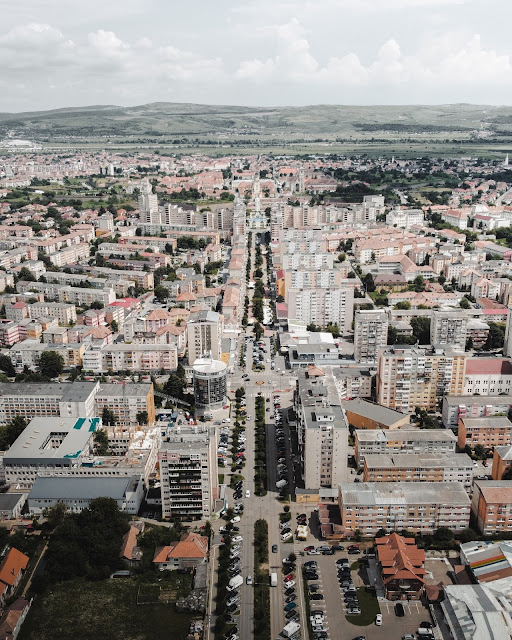
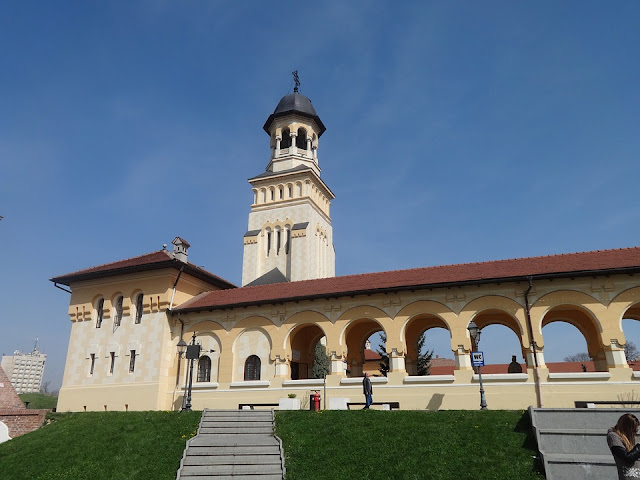






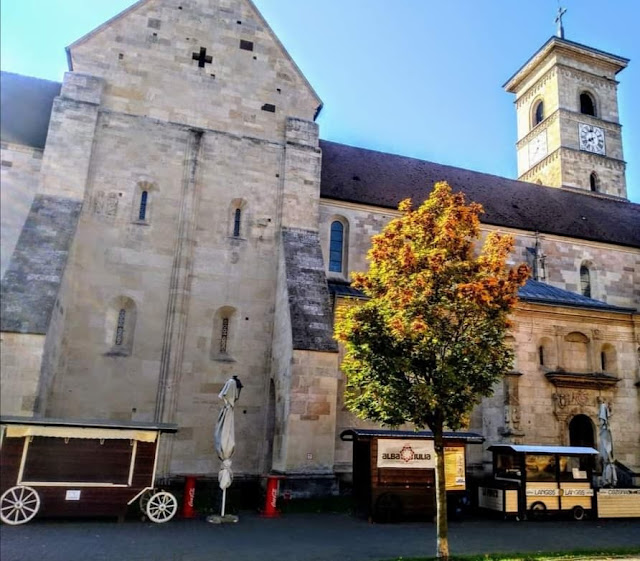
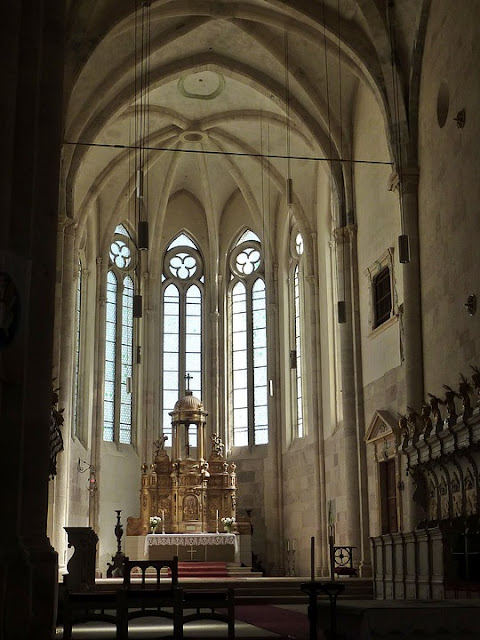


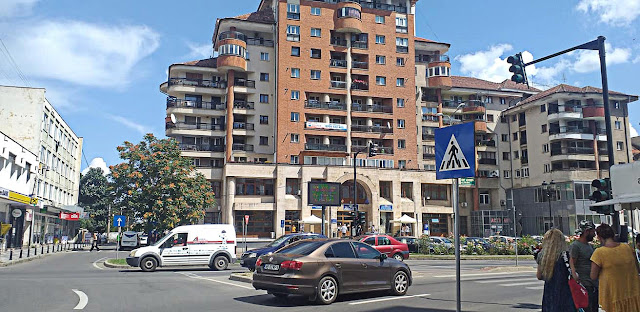


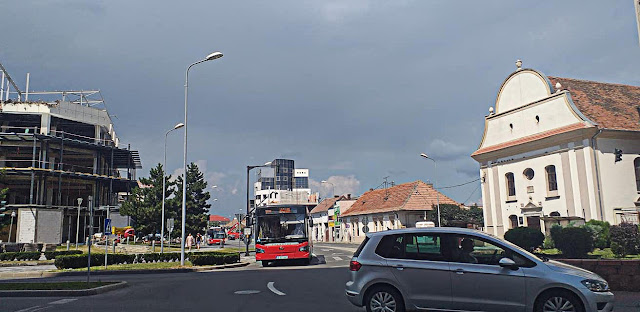
Comments
Post a Comment